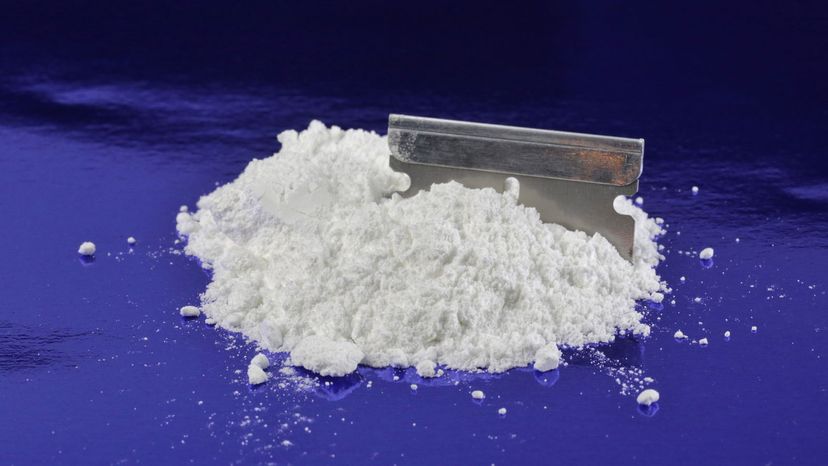Addressing the Problem: Imprisonment

Crack, like most other recreational drugs besides alcohol, is illegal. The Harrison Narcotics Tax Act of 1914 banned the non-medical use of opium and other drugs like cocaine and prohibited their importation into the United States. With the Controlled Substances Act of 1970, the U.S. Congress classified cocaine as a Schedule II substance, meaning that it is considered a highly addictive drug. The classification stipulated that cocaine could only be used legally as an anesthetic for certain surgeries, and it is still used in this manner today.
Penalties for using and dealing cocaine are stringent. In 2017, the U.S. Sentencing Commission reported more than 66,000 drug trafficking cases in the country. Just under 2,000 of those cases involved the smuggling and/or selling of crack cocaine. That's a major drop from a high of 6,000 such cases in 2008.
Advertisement
Penalties and prison terms for crack users and sellers are harsher than for most other drugs., And the punishment for trafficking crack is, in almost every case, prison time, at an average of six-and-a-half years behind bars [source: USSC]. In 2010, President Barack Obama signed into law an act that greatly reduced the disparity between the amounts of cocaine and crack needed to trigger the mandatory minimum sentencing laws from 100:1 to 18:1. Prior to this, a person with 5 grams of crack faced a minimum prison term of five years, but a person had to possess 500 grams of coke to get trigger the same sentence. It was mistakenly believed that crack was more addictive than cocaine — they're actually equally addictive. Since a huge number of crack users were poor African-Americans, the disparity was seen as racially biased [source: Gotsch].
While local law enforcement officials try to round up crack users and sellers, the government is working to stop cocaine from getting into the country. In 2017, U.S. Customs officials seized more than 135,000 pounds (61,000 kilograms) of cocaine as smugglers attempted to move it across the border [source: U.S. Customs].